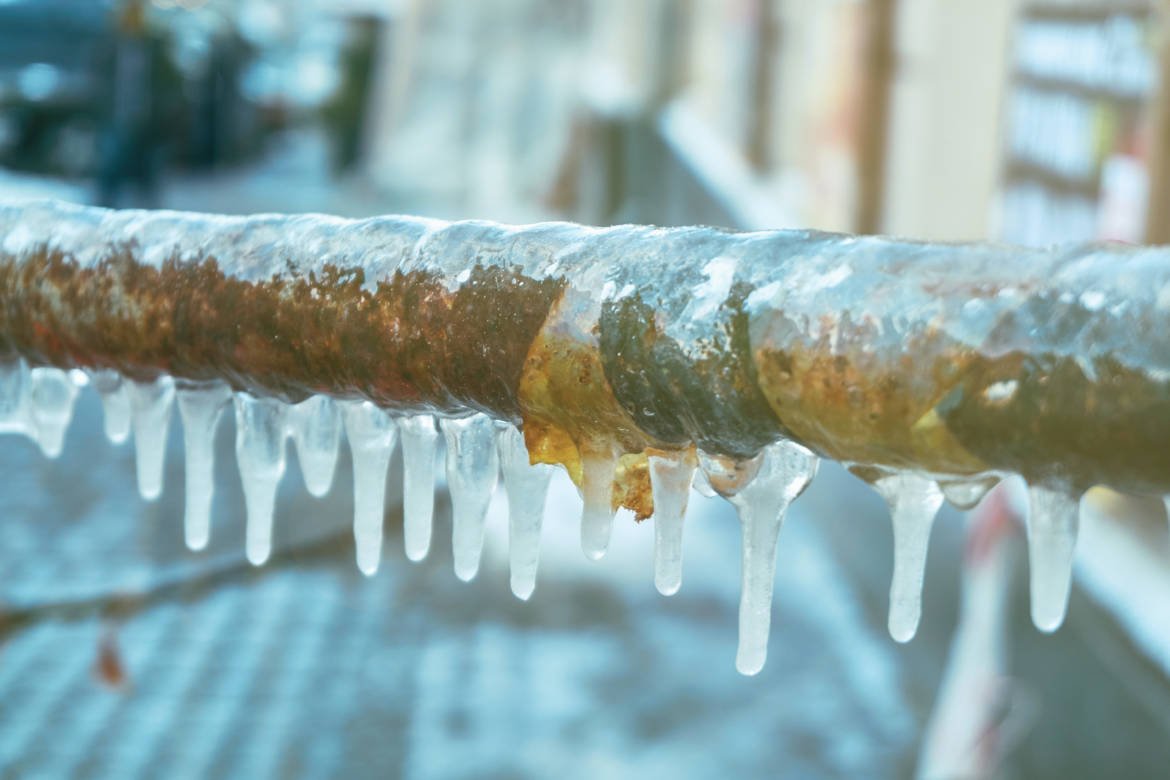Important Tips to Prevent Frozen Pipes in Winter
Important Tips to Prevent Frozen Pipes in Winter
Blog Article
How do you really feel about Prevent Frozen Pipes ?

Cold weather can wreak havoc on your plumbing, especially by freezing pipes. Right here's just how to avoid it from occurring and what to do if it does.
Intro
As temperatures decrease, the risk of frozen pipelines boosts, possibly causing expensive repair work and water damage. Understanding just how to avoid icy pipelines is critical for home owners in chilly environments.
Understanding Icy Pipelines
What creates pipes to freeze?
Pipes ice up when revealed to temperatures below 32 ° F (0 ° C) for prolonged durations. As water inside the pipelines freezes, it increases, putting pressure on the pipeline walls and potentially creating them to rupture.
Risks and damages
Icy pipes can lead to water supply disturbances, residential or commercial property damages, and costly repairs. Ruptured pipes can flooding homes and cause substantial architectural damage.
Indications of Frozen Pipes
Determining icy pipes early can prevent them from rupturing.
How to identify icy pipes
Seek decreased water circulation from taps, unusual smells or sounds from pipes, and visible frost on revealed pipes.
Prevention Tips
Shielding vulnerable pipes
Cover pipelines in insulation sleeves or use warm tape to secure them from freezing temperature levels. Focus on pipes in unheated or outside areas of the home.
Home heating strategies
Maintain interior rooms properly heated up, specifically locations with plumbing. Open up cupboard doors to allow cozy air to flow around pipelines under sinks.
Safeguarding Outdoor Pipes
Garden hoses and outdoor taps
Detach and drain garden hose pipes prior to winter months. Install frost-proof spigots or cover outside faucets with protected caps.
What to Do If Your Pipelines Freeze
Immediate activities to take
If you think frozen pipes, maintain faucets available to ease pressure as the ice melts. Make use of a hairdryer or towels taken in hot water to thaw pipelines slowly.
Long-Term Solutions
Architectural changes
Consider rerouting pipelines far from exterior walls or unheated areas. Add additional insulation to attics, cellars, and crawl spaces.
Updating insulation
Invest in premium insulation for pipelines, attic rooms, and walls. Appropriate insulation assists preserve constant temperature levels and minimizes the danger of icy pipelines.
Conclusion
Avoiding icy pipes calls for proactive procedures and quick actions. By recognizing the reasons, indicators, and safety nets, house owners can secure their pipes throughout cold weather.
6 Proven Ways to Prevent Frozen Pipes and Protect Your Home
Disconnect and Drain Garden Hoses
Before winter arrives, start by disconnecting your garden hoses and draining any remaining water. Close the shut-off valves that supply outdoor hose bibs and leave the outdoor faucet open to allow any residual water to drain. For extra protection, consider using faucet covers throughout the colder months. It’s also important to drain water from any sprinkler supply lines following the manufacturer’s directions.
Insulate Exposed Pipes
Insulating your pipes is an effective way to prevent freezing. Pipe insulation is readily available at home improvement stores and is relatively inexpensive. Pay close attention to pipes in unheated areas such as the attic, basement, crawl spaces, or garage. Apply foam insulation generously to create a buffer against the cold. You can also wrap your pipes in heat tape or thermostat-controlled heat cables for added warmth.
Seal Air Leaks
Inspect your home for any cracks or openings that could let in cold air. Seal any holes around the piping in interior or exterior walls, as well as the sill plates where your home rests on its foundation. Additionally, make sure to keep your garage door closed unless you’re entering or exiting. Leaving it open creates a significant air leak that can lead to frozen pipes.
Allow Warm Air Circulation
During cold snaps, it’s essential to allow warm air to circulate evenly throughout your home. Leave interior doors ajar to promote better airflow. Open kitchen and bathroom cabinets to help distribute heat consistently around the rooms. If you have small children or pets, be sure to remove any household chemicals or potentially harmful cleaners from open cabinets for safety.
Let Faucets Drip
A small trickle of water can make a big difference in preventing ice formation inside your pipes. When temperatures drop significantly, start a drip of water from all faucets served by exposed pipes. This continuous flow helps prevent the water from freezing. Additionally, running a few faucets slightly can relieve pressure inside the pipes, reducing the chances of a rupture if the water inside does freeze.
https://choateshvac.com/6-proven-ways-to-prevent-frozen-pipes-and-protect-your-home/

I hope you liked our section about Preventing and dealing with frozen pipes. Many thanks for taking the time to browse our short article. Sharing is good. You just don't know, you may very well be helping someone out. Thanks for your time. Please come visit our site back soon.
Find Out More Report this page